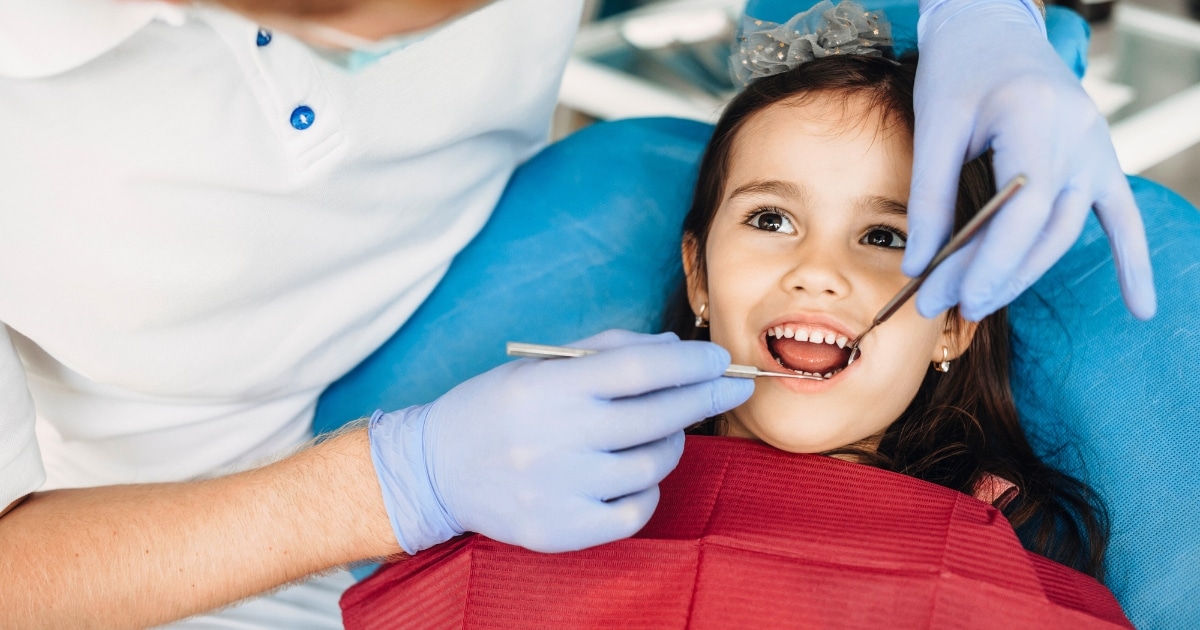Your child might experience dental emergencies at any time, often when you least expect it. Knowing how to handle these situations effectively can make all the difference in your child’s comfort and long-term dental health. Be it a sudden fall during playtime or a painful toothache, you can be prepared for it all.
Walk through common pediatric emergencies, how to provide first aid, and when to seek professional care.
What Are Some Common Pediatric Dental Emergencies?
One of the most alarming dental emergencies for parents is a knocked-out tooth. This can happen during sports activities, falls, or rough play. If your child’s tooth is knocked out, you must act quickly.
Dental abscesses are pockets of infection that can form around the teeth or gums due to untreated cavities or gum disease. Your child might experience pain and swelling along with fever.
Taking quick action during these situations might be able to save your child from complete tooth loss. Storing the broken teeth in milk, rinsing the mouth with salt water, etc., are some methods that can provide temporary relief.
What Are Some First Aid for Pediatric Dental Emergencies?
Knowing how to perform basic dental first aid can prevent further complications and make your child more comfortable until you see a pediatric dentist. Here’s a quick guide:
- Knocked-Out Tooth: Gently reinsert the tooth into the socket, or store it in milk if re-insertion isn’t possible.
- Tooth Fractures: Rinse the mouth and apply a cold compress. Save any broken tooth pieces and contact the dentist.
- Toothaches: Clean the affected area, apply a cold compress, and give pain relievers as directed.
- Abscesses: Rinse with saltwater and contact the dentist for treatment.
When Should Your Child Visit the Dentist or ER?
In some cases, your child must visit the dentist, while other situations may require a trip to the emergency room (ER). For tooth fractures, chipped teeth, toothaches, and other non-life-threatening dental issues, it’s usually best to contact your pediatric dentist.
If the dental injury involves significant bleeding facial trauma, or if your child is having difficulty breathing or swallowing, go to the ER immediately. These may be signs of a more serious condition requiring urgent medical attention.
What Are Some Preventive Measures to Avoid Dental Emergencies?
One of the best ways to handle pediatric dental emergencies is to prevent them in the first place.
- If your child plays contact sports, make them wear a mouthguard to protect their teeth from injury.
- Supervise young children closely, especially around playgrounds or when playing rough games.
- Encourage good dental habits, including regular brushing, flossing, and limiting sugary snacks that contribute to cavities.
- Routine dental visits are essential for identifying potential dental issues in your child and getting preventative care.
What to Expect During a Pediatric Dental Emergency Visit?
When you bring your child to the dentist for an emergency visit, they will typically perform a thorough examination to assess the extent of the injury. Depending on the situation, the treatment could range from a simple filling to more complex procedures like a root canal or tooth extraction.
These dentists are trained to keep your child calm and comfortable. They will explain each step of the treatment process in terms your child can understand. Being careful will keep your child’s oral health intact.
Pediatric dental emergencies can be stressful, but being prepared can help you stay calm and act quickly when necessary. Know what to do, seek prompt care, and prioritize dental safety to avoid emergencies. By staying calm, you can minimize the impact and keep their smile healthy for years to come.
Ready to protect your child’s smile? Contact us for a consultation today!




